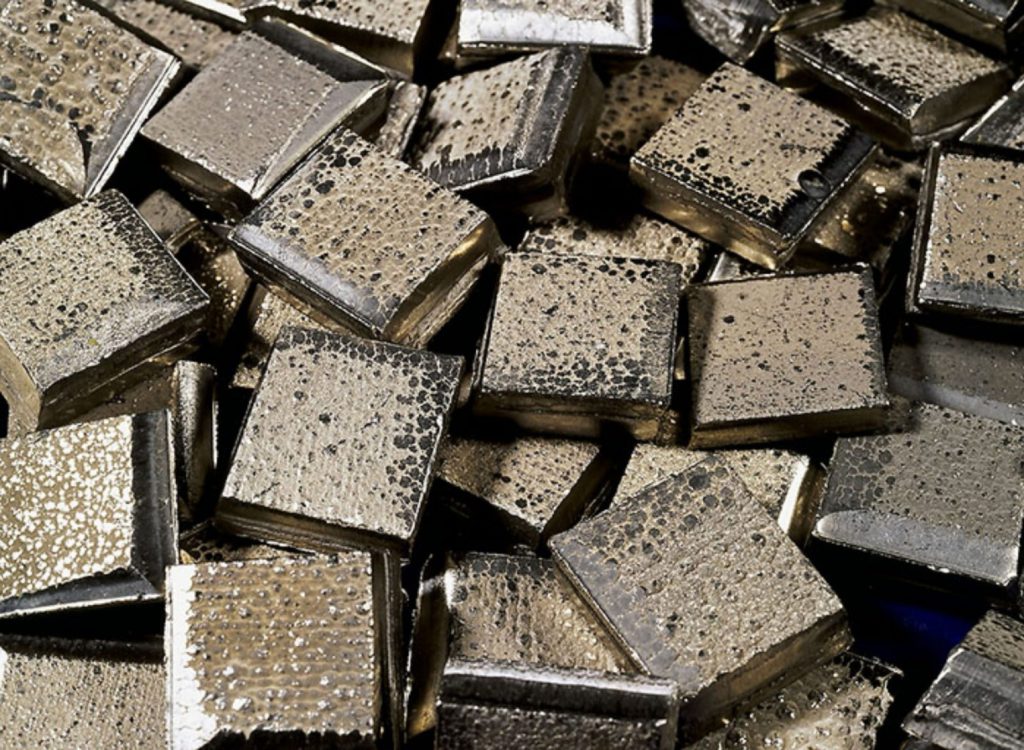
Nickel has rallied hard this month, clawing back some of the territory lost during its relentless price slide over the course of 2023.
London Metal Exchange (LME) three-month nickel touched $19,775 per metric ton on Monday, the highest it has traded since September last year.
Last at $19,045 per ton, nickel is up by 15% since the start of the year, the third strongest performance after tin and copper.
Sentiment has improved as low prices have exacted a rising toll on nickel producers. Multiple operators have closed or curtailed capacity due to the rapid rise of lower-cost Indonesian production.
BHP Group, which is mulling the fate of its Western Australian operations, warned last month that 30% of Australian mine capacity had gone off-line and another 30% was in trouble due to the squeeze on margins.
The involuntary supply response to low prices has reduced the glut of metal hanging over the market, but it hasn’t eliminated it.
The world is still facing a third consecutive year of nickel oversupply, according to the International Nickel Study Group (INSG).
The INSG is now forecasting nickel supply to exceed demand to the tune of 109,000 tons this year after surpluses of 98,000 and 163,000 tons in 2022 and 2023 respectively.
The scale of over-supply has been trimmed since the group last met in October. Back then it was expecting significantly bigger surpluses of 223,000 and 239,000 tons in 2023 and 2024.
The INSG has cut its refined production estimates to reflect the lengthening list of price casualties. Last year’s supply has been downgraded by 60,000 tons and this year’s by 160,000 tons relative to October’s prognosis.
However, global production is still expected to grow at a robust 5.9% this year thanks to Indonesia’s continuing production boom. Chinese production of refined nickel is also rising on the back of accelerating imports of intermediate products from Indonesia.
Global usage is forecast to rise by a healthy 7.9% this year but the INSG has also trimmed that growth rate from October’s forecast 8.7% expansion.
Stainless steel, which has historically been the largest user of nickel, had a strong 2023 with melt shop production rising by 5.4%.
Demand growth from the electric vehicle (EV) battery sector, by contrast, “has been less than anticipated”, the INSG said.
Part of that is down to a broader slowdown in the EV market but nickel is also facing specific headwinds from a resurgence in nickel-free lithium-iron-phosphate battery chemistry.
Until recently the glut in nickel was largely confined to the intermediate products segment of the production chain.
But Indonesian and Chinese producers have crossed the processing hurdle of converting Indonesia’s low-grade ore into a form that can be further refined into pure metal or battery-precursor nickel sulphate.
Surplus has been increasingly washing over into the refined metal segment of the market.
LME nickel stocks have rebuilt from a low of 37,000 tons in August last year to a current 76,878 tons.
Sanctions prohibiting the trading of Russian metal produced after April 12 might have been expected to rattle the market.
Russia’s Norilsk Nickel is a major producer of the Class I refined nickel traded on the LME and Russian brand nickel accounted for 36% of warranted tonnage at the end of March.
But the LME has been fast-tracking applications from the new generation of Chinese producers to have their brands listed.
Five Chinese brands, representing 92,000 tons of annual capacity have been listed in the last six months. While there was no Chinese nickel in LME stocks last August, there were 6,912 tons at the end of March.
The LME is also processing an application for the listing of a first Indonesian brand produced by PT CNGR Ding Xing New Energy at an annual rate of 50,000 tons.
These new players will provide an important offset to the loss of future Norilsk production from the LME liquidity mix.

Funds have arguably played a bigger role than fundamentals in the recent recovery rally.
Investment funds were sitting on a record short position of 47,802 contracts, equivalent to 287,000 tons, as recently as February.
That has been sharply reduced to 32,688 lots as of last week’s close with long positions simultaneously picking up in tandem with the upwards price momentum.
Money managers are now net long of London nickel to the tune of 4,684 contracts, the most bullish positioning since February last year.
With most of the short-covering now completed, the market will need some fundamental impetus if the rally is to be extended.
The INSG’s latest forecast surpluses are a lot less daunting than those from October but this is a market that is still facing another year of oversupply thanks to Indonesia’s continuing nickel boom.
The implication is that further supply adjustments are needed, which is not good news for the rest of the world’s producers.
(The opinions expressed here are those of the author, Andy Home, a columnist for Reuters.)
(Editing by Tomasz Janowski)
Comments